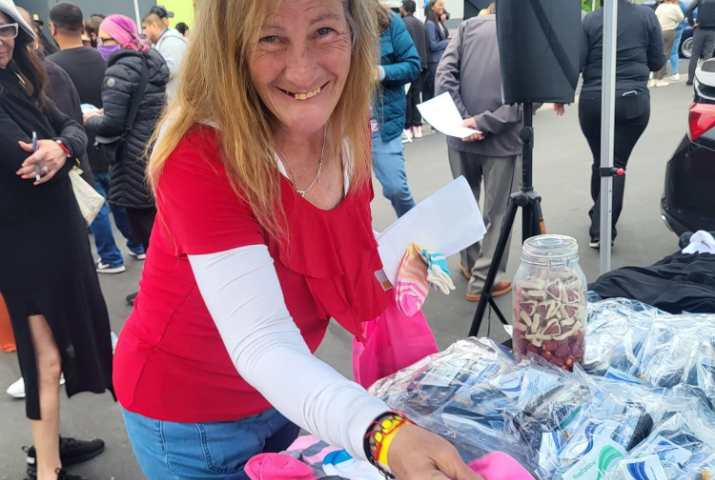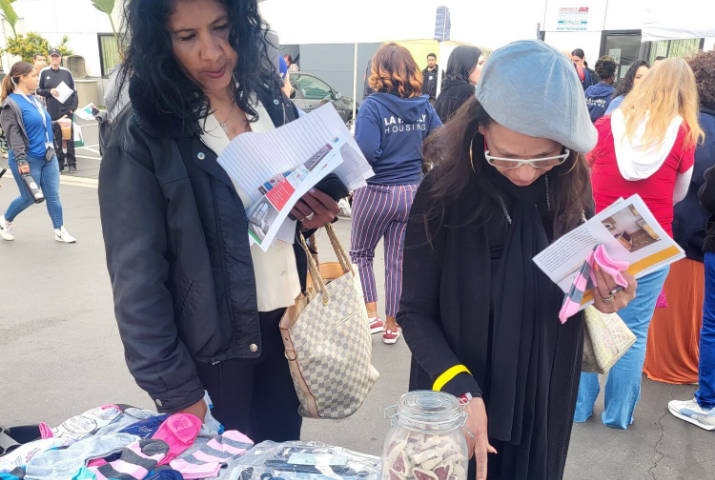If there was a major earthquake here in Los Angeles and 100,000 people were suddenly unsheltered, within 24 hours, there would be makeshift shelters available to ensure families, senior citizens, and our neighbors, would not have to sleep outside. It would be a state of emergency. It is time for the City of Los Angeles to address the homeless crisis with a FEMA-like response.
I made this comparison over a year ago and Mayor Karen Bass seems to agree with me. Instead of kicking the can down the same road, Mayor Bass’ first act as leader was to declare a state of emergency on homelessness. This emergency declaration doesn’t immediately solve the issue, and it won’t make more funding magically appear. However, it will allow Mayor Bass’ administration to remove rules and regulations that prevent or delay construction of permanent or temporary housing.
Part of this emergency declaration will include the program, “Inside Safe,” which will move people from tents and encampments to hotels and motels. It’s a temporary solution until a more permanent one, affordable housing, can be built.
I appreciate that Mayor Bass and myself share a similar belief, that the streets shouldn’t be a waiting room for permanent housing. It’s a principle Hope the Mission (formerly Hope of the Valley) has followed since we were founded in 2009.


